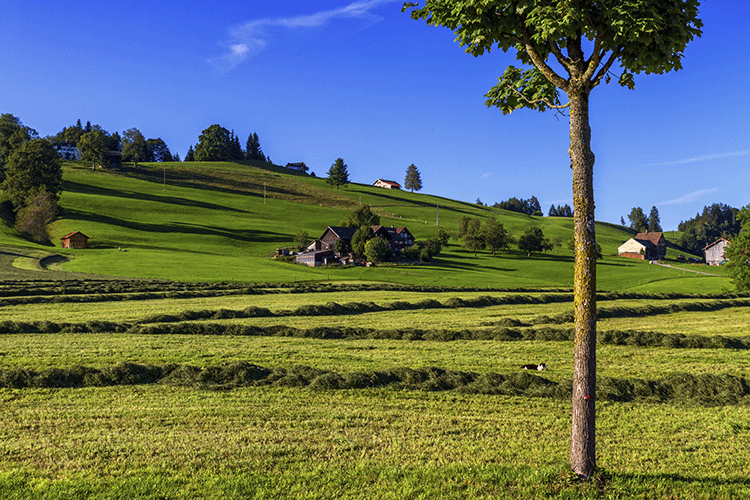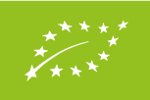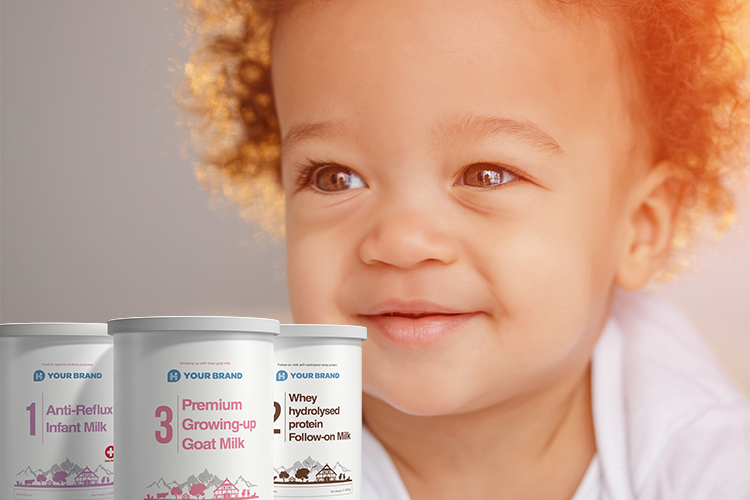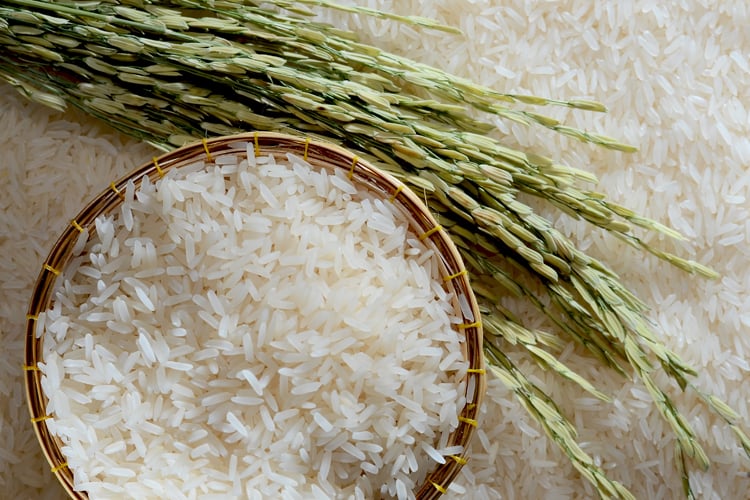
1. Legal provisions and agreements
1.1 CH-Bio (Swiss Organic Farming Ordinance)
Products that meet the basic requirements of the Swiss Organic Farming Ordinance may be awarded the “Bio” (organic) label. The principles of the Swiss Organic Farming Ordinance include compliance with natural cycles, the use of organic feed for the production of animal products, avoidance of chemical and synthetic additives and ingredients and a ban on the use of genetically modified organisms.
Organic agricultural ingredients must be used for the production of organic food. With the exception of a few clearly regulated by law, all agricultural ingredients must be organically grown to carry an “organic” label. The use of food additives and non-organic ingredients should be kept to a minimum. Organic food processing should be carried out meticulously and by organic, mechanical or physical methods.(1)
1.2 EU organic farming
 Products that meet the basic requirements of the EU Organic Regulation can be awarded the “organic” label. There are virtually no differences between the Swiss and European ordinances. Equivalence between the Swiss Organic Farming Ordinance and the EU Organic Regulation was regulated as part of the Swiss-EU Agreement on Agriculture. This is important for facilitating trade with organic products.
Products that meet the basic requirements of the EU Organic Regulation can be awarded the “organic” label. There are virtually no differences between the Swiss and European ordinances. Equivalence between the Swiss Organic Farming Ordinance and the EU Organic Regulation was regulated as part of the Swiss-EU Agreement on Agriculture. This is important for facilitating trade with organic products.
Unlike Switzerland, the EU has defined an EU organic logo. This logo must be displayed on pre-packaged food when it is labelled “organic”.(2)
1.3 CH – U.S. Organic Equivalency Arrangement
There is an equivalence arrangement between Switzerland and the US for organic products. Products that have been produced, processed or packaged in Switzerland and the US and which comply with the relevant organic legislation fall within the scope of this arrangement. The arrangement serves to reduce administrative costs and facilitate organic trade. An additional requirement must be observed for Swiss organic milk products to be exported to the US. The principle of absolute freedom from antibiotics applies, i.e. a herd of cows (including calves) must never come into contact with antibiotics.(3)
2. Organic standards under private law
2.1 Bio Suisse
- Bio Suisse Bud: at least 90 % of the raw materials come from Switzerland
- Bio Bud: contains more than 10 % imported raw materials

 The Bio Bud organic brand is owned by Bio Suisse, the umbrella organisation of Swiss Bio Bud businesses. Bio Suisse has defined guidelines for producing vegetable and animal products as well as for their processing and trading. These guidelines are stricter than the CH-Bio label requirements. So fewer additives and processing ingredients are allowed for Bio Bud products than for CH-Bio organic products and rules are defined for the processing procedures. Bio Bud products must be processed as gently as possible, using only essential processing steps. According to the Bio Bud guidelines, sterilised milk, for example, is not permitted, but UHT milk is, since it has been heated more gently.(4)
The Bio Bud organic brand is owned by Bio Suisse, the umbrella organisation of Swiss Bio Bud businesses. Bio Suisse has defined guidelines for producing vegetable and animal products as well as for their processing and trading. These guidelines are stricter than the CH-Bio label requirements. So fewer additives and processing ingredients are allowed for Bio Bud products than for CH-Bio organic products and rules are defined for the processing procedures. Bio Bud products must be processed as gently as possible, using only essential processing steps. According to the Bio Bud guidelines, sterilised milk, for example, is not permitted, but UHT milk is, since it has been heated more gently.(4)
Updated: 2021-02-17
Further information
- Article "Infant and young child formula in organic quality"
- Short article "The new EU Organic Regulation"
- Overview "Facts about the organic market"
Sources
1) BIO SUISSE DOWNLOADS: https://www.admin.ch/opc/en/classified-compilation/19970385/index.html, EAER Ordinance (SR 910.181): https://www.admin.ch/opc/en/classified-compilation/19970387/index.html.
2) EU Organic Regulation (EU 834/2007: https://eurlex.europa.eu/legal-content/DE/TXT/?qid=1542356033040&uri=CELEX:02007R0834-20130701.
3) bio.inspecta AG: Information sheet on the USA – Switzerland equivalence arrangement with regard to the mutal recognition of organic standards.
4) Bio Suisse: https://www.bio-suisse.ch/media/VundH/unterschiede_knospe-bio_d.pdf, https://www.bio-suisse.ch/media/VundH/Regelwerk/2018/DE/rl_2018_1.1_d_gesamt_11.12.2017.pdf.
5) Migros directive: Weisung 7.4.50: Richtlinien Migros Bio, Verarbeitung und Handel










Leave a comment